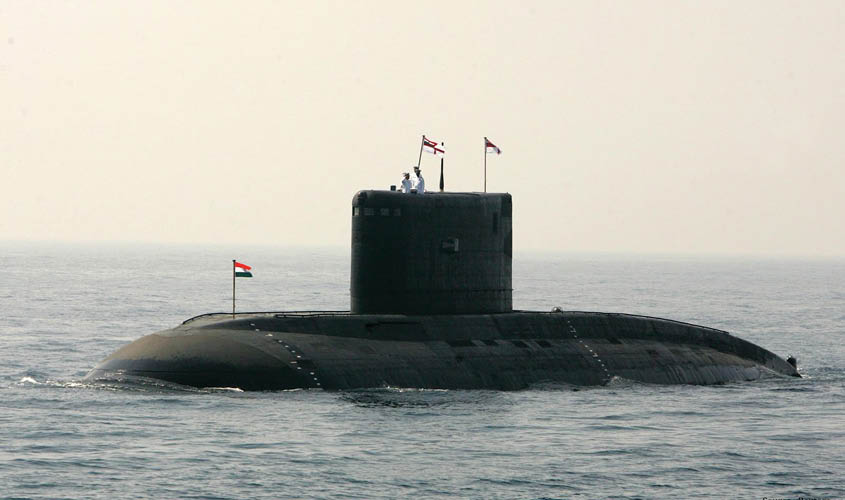What was termed “toolbox terror” by a professor of geopolitics after the crippling of INS Arihant two years ago through a “maintenance failure”, is a phenomenon that has so far been treated lightly by those investigating such mishaps, whether in the Air Force or the Navy. Unfortunately, the same “protect the boys” mentality that is so rampant in the civil services has a free run in the defence services as well, with the result that investigations by the Air Force or the Navy into the mishaps occurring in their fleet too often fail to uncover those responsible for events that cost precious lives and thousands of crores of rupees of taxpayer cash. There have been several crashes in the Air Force, including on the eve of the Aero India show at Bengaluru some months ago, and yet inquiries into such matters have remained out of public sight. While the excuse of national security is liberally given in order to justify such a complete lack of transparency, the fact is that this excuse has been given over the years to cover a multitude of crimes and misdemeanours. The public have a right to know why a fighter aircraft has crashed despite the presence of an experienced and intrepid pilot at the controls, or why at a particular point in time, the Navy experienced a series of baffling “accidents” for which there seemed no logical explanation. Some were attributed to a hatch being locked down in a manner which allowed salt water to enter the inside of the submarine (in this case, a nuclear powered vessel) or that the batteries malfunctioned because they needed to be replaced but were not. Some days ago, two pilots of the Indian Air Force lost their lives when a Mirage 2000 crashed in Bengaluru soon after taking off. A whisper campaign was launched to disseminate the fake news that the cause was “pilot error”. However, both Siddharth Negi and Samir Abrol were among the finest Air Force test pilots. Shockingly, both their parachutes caught fire after they ejected out of the aircraft. It was clear that there was a problem with the controls of the aircraft. Was it the result of a mechanical malfunction or was a portion of the software defective? If so, who were the persons responsible? Both the Air Force and the Navy are proud of their men and women, and certainly they are an admirable group, ever willing to do their utmost for the country. However, even they may contain a few black sheep, and it must be remembered that the ISI would be willing to generously compensate an individual involved in the maintenance function, were an aircraft or a naval vessel to be put out of commission even for a few months as a consequence of a malfunction. In the case of INS Arihant, the damage caused by a “faulty hatch” took almost a year and several hundred crores of rupees to repair. Was any individual brought to book for such a horrendous event? Was there a check to see if any member of the maintenance crew for crashed aircraft or their families suddenly showed evidence of newfound wealth, such as settling in a foreign country? Were their social media interactions investigated? To assume that “Toolbox Terrorism” (in other words, acts of terror conducted through deliberately defective maintenance) does not exist or that 100% of personnel are beyond the reach of allurement by hostile forces is to be negligent about the country’s security and indifferent to the loss of lives caused by such mishaps.
When an aircraft that has been judged fit for combat falls to the ground moments after takeoff, when the safety barrier fails to work despite it being an essential part of such tests

